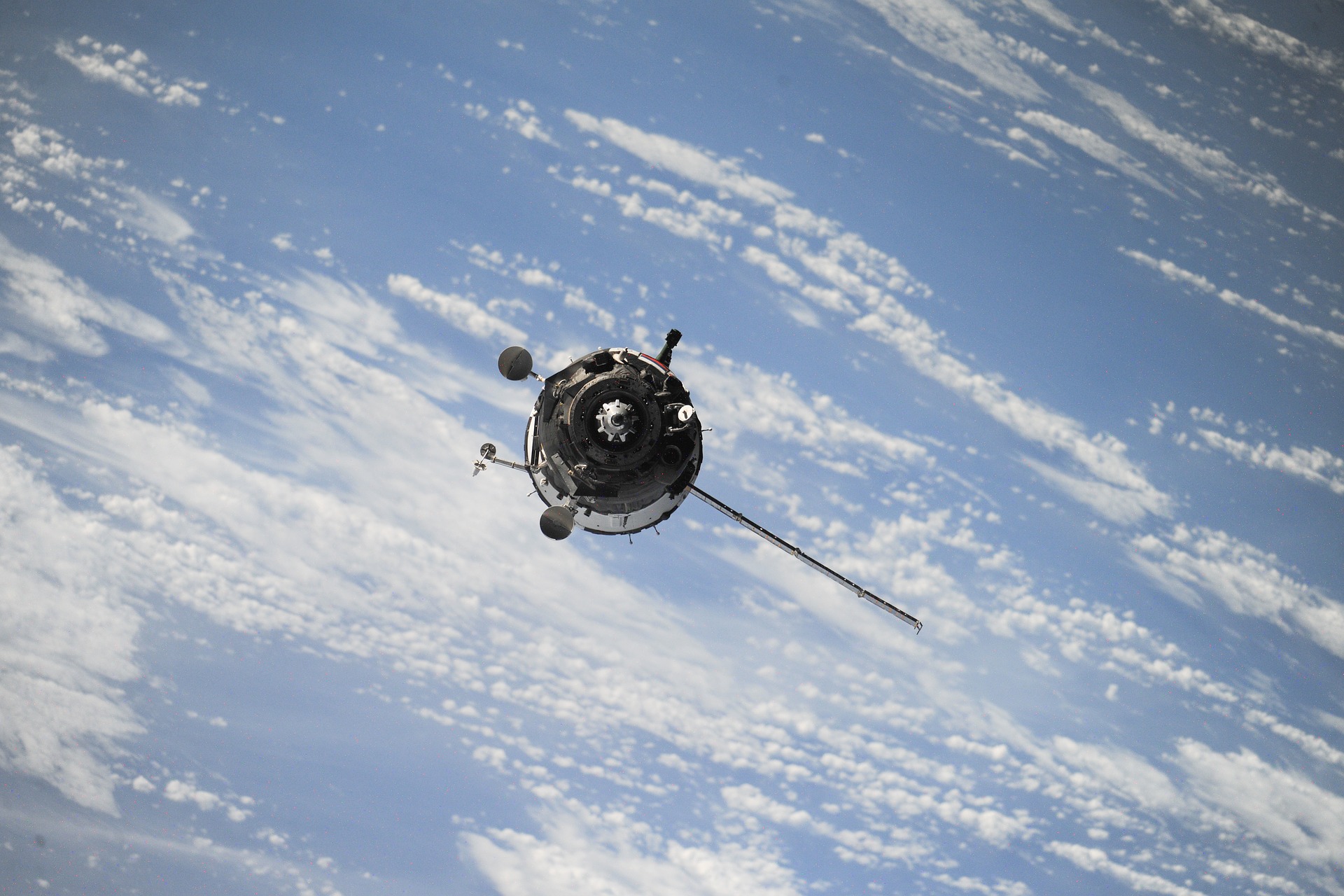
The European Space Agency (ESA) is planning to launch a satellite mission to capture a high-resolution view of the Earth's greenhouse effect.
The FORUM satellite mission of ESA will use a spectrometer to sense the far-infrared radiation coming up off the Earth to map the greenhouse effect. The long wavelength portion of the electromagnetic spectrum is where water vapor and carbon dioxide absorb energy and causes warming to the planet.
FORUM stands for Far-infrared Outgoing Radiation Understanding and Monitoring.
While the greenhouse effect has been studied extensively in the past, extensive mapping has not been done. This means that scientists are lacking key features in their climate models, such as details of the feedbacks in the planet's atmosphere that boost or decrease warming. The behavior of certain types of cloud may fall under such details.
Dr. Helen Brindley from Imperial College London said that "Satellite missions up until now have mostly measured wavelengths in the mid-infrared - that's shorter than 15 microns. We're now looking to measure longer than 15 microns which has never been done before from space, with very high accuracy and with what we call very high spectral resolution which means we can really see the fingerprints of different gases in the atmosphere, particularly water vapour, and really get an idea of how the energy is changing with time."
Delegates of ESA's Earth observation program board chose the satellite concept for development at a meeting in Frascati, Italy and it will be part of its Earth Explorer class. The project has received strong support from the UK scientific community as well as industrial companies. The FORUM satellite is expected to launch into orbit via a Vega rocket around 2025 or 2026 and its budget is at maximum £230 million.
The two consortia building the spacecraft are currently receiving advice from the British arms of Airbus and Thales Alenia Space.
ESA's Dr. Hilke Oetjen argued that The problem is not the spectrometer instrument; it's the detectors. They're relatively new."






